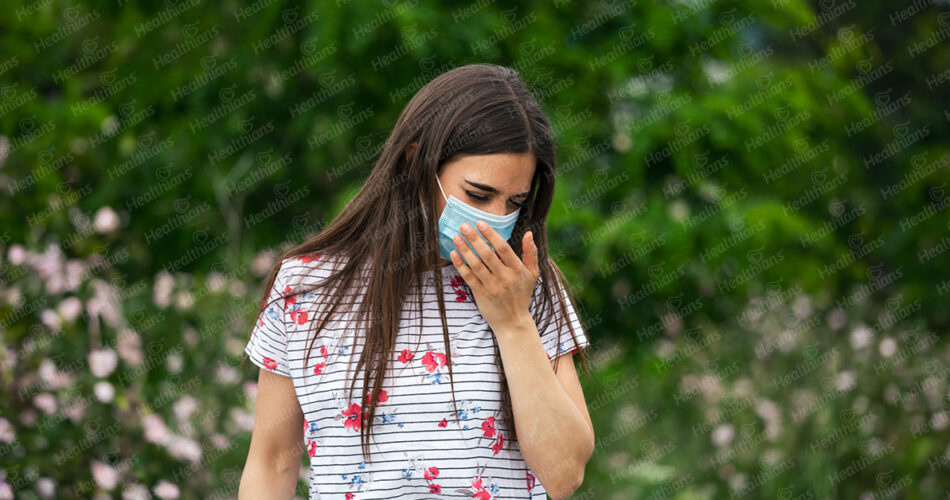There’s some kind of relief when seasons change. When you are tired of the harsh winters, the start of summer feels pleasant. Likewise, when you cannot take the scorching heat of the sun, the cold winter winds of early winter seem refreshing. As much as we like this brief period when seasons change, what we hate are the asthma allergic reactions most dominant during season changes.
Day-to-day living is not all glitters and rainbows for those suffering from asthma. While there are those who have asthma issues very frequently, there are others who develop asthma issues only when the season changes.
If you belong in the latter category, this blog is just for you. We will be telling you all about seasonal asthma, including how you can stay protected.
Starting with the basics
As most of us know, asthma is a chronic, i.e., a lifelong illness that arises when the lung airways become narrow, which may make it difficult for you to breathe. Consequently, you may develop a cough, and experience chest tightness, congestion and wheezing.
The airways become narrow due to increased allergens in the surroundings and your compromised immune system. These allergens can be mould, pet dander, dust mites, and pollen. For instance, you may experience asthma symptoms between February to April, when these pollens multiply in the air and trigger inflammation. Apart from cough and congestion, you can also develop reactions such as itchiness, rashes, stuffy nose, and watery eyes.
How to prevent yourself from allergic asthma
When you know you are vulnerable to allergens, you can exercise precautions during that time of the year to stay protected.
Identify your triggers
Asthma triggers can be many and may also differ from person to person. Hence, the best strategy to stay protected is to keep away from those triggers. If you don’t know what your triggers are, you can consider getting an allergy test to identify them and stay clear of them.
Wear a mask when you have to step out
It’s best to stay indoors during this time, but it’s not possible given that we have a life and personal and professional obligations to take care of. So, the best thing you can do is wear a mask when you step out. A mask can prevent you from inhaling allergens that may cause allergic reactions. It’s important that you maintain hygiene as well, including keeping away from people having cough, cold or other respiratory issues. At the same, ensure you use a handkerchief every time you sneeze or cough, to prevent the spread of infections. You must also wash your hands from time to time.
Consider using air filters and dehumidifiers
As much as you should protect yourself outside, it’s also important to protect yourself indoors. This doesn’t mean wearing a mask all the time but using air filters and dehumidifiers. Consider investing in them as they are beneficial for asthma patients.
Air purifiers help filter particles, such as smoke and dust and circulate clear air back into the room. You can use the device to remove allergens and indoor pollutants.
As for dehumidifiers, they help patients breathe easily especially when there is moisture in the air. High-humidity environments can make breathing difficult for people with asthma.
Keep your surroundings clean
Keeping your surroundings clean is non-negotiable. Cleaning can kill allergens that cause seasonal asthma. A dedicated cleaning routine should include cleaning your carpets, mattresses, table tops, pillows and cushions. Also, consider using a vacuum cleaner.
Keep your SOS ready
SOS medications are those that aren’t taken throughout the year but when needed. Connect with your physician and get a list of SOS medicines that can help when you begin developing allergic asthma. Get clarity about the dosage and other precautions.
Closing thoughts
While having an action plan to stay protected against allergens is essential, it is also worth noting that you may not always be able to successfully defend against them. Hence, seek medical help the moment your reactions become worse.




